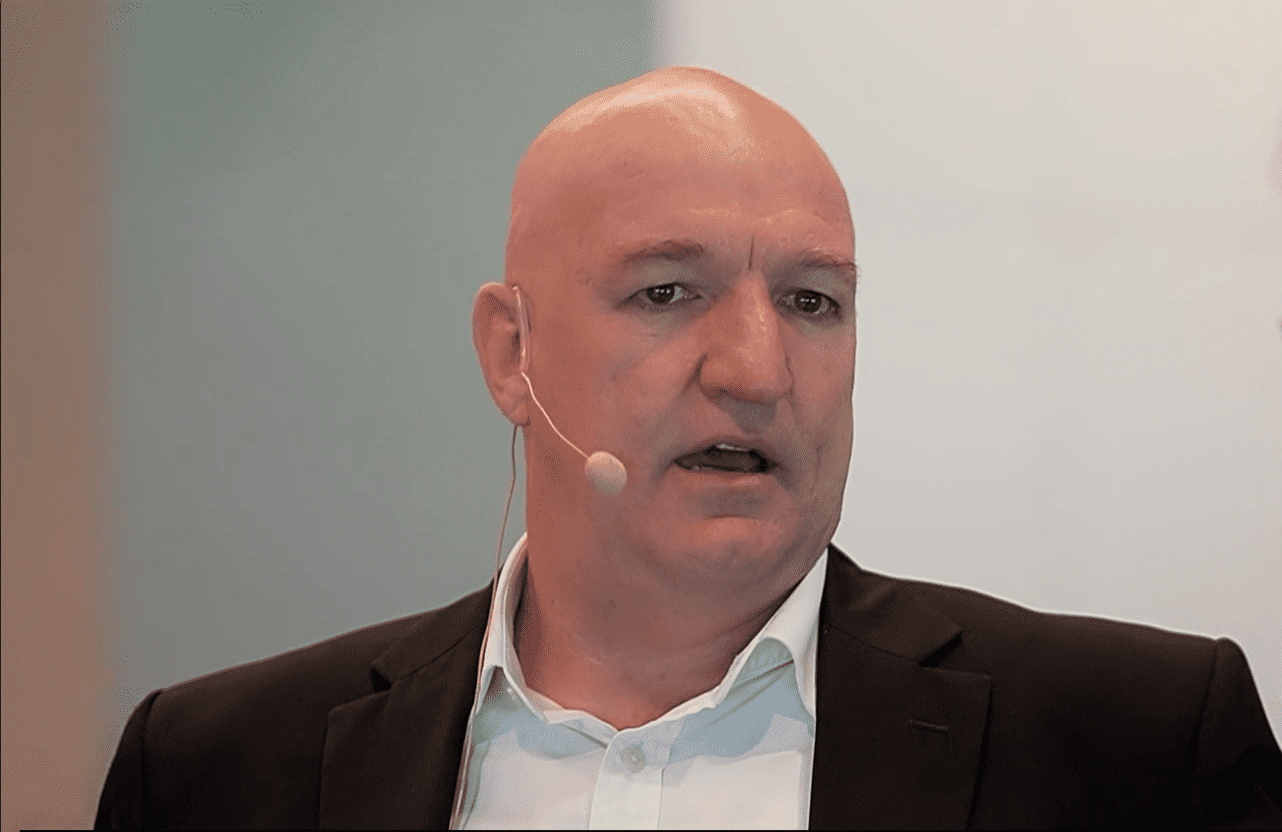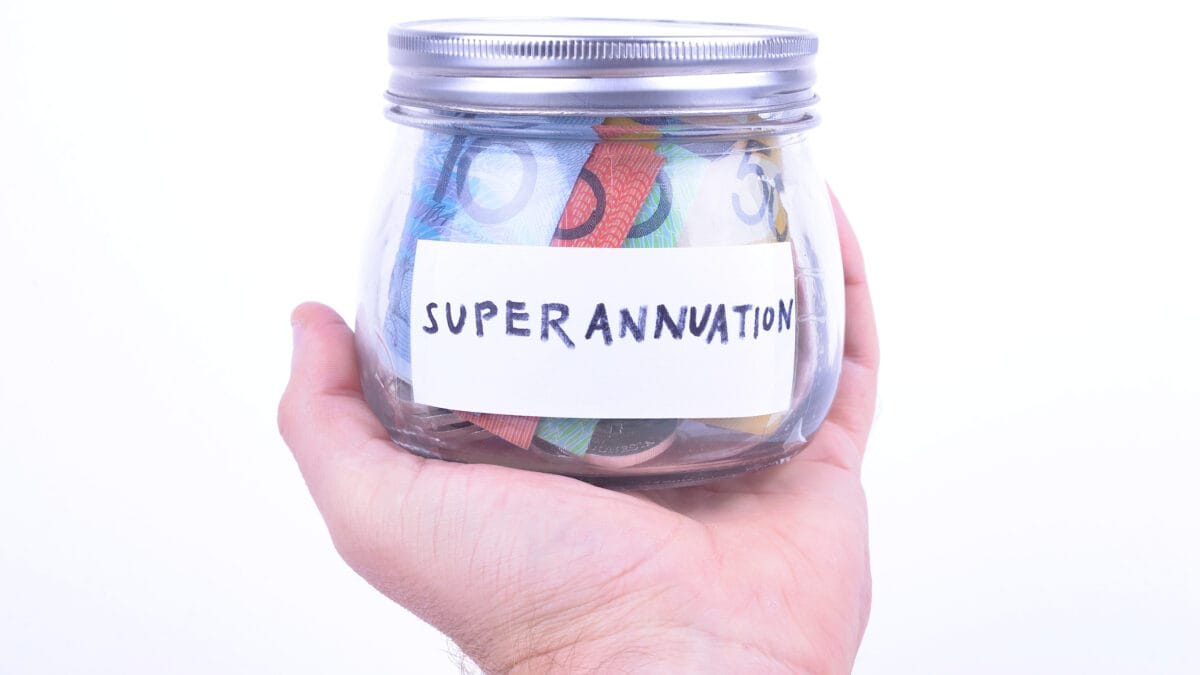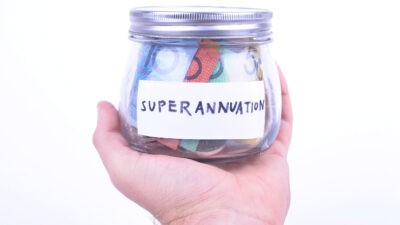Superannuation is one of the best ways for Aussies to grow their wealth by the time they reach retirement age, which is usually 70 years.
There are benefits to superannuation, such as lower taxes on contributions and lower taxes on investment returns.
By leaving our nest egg alone for many years, it can compound into a much larger figure. Albert Einstein was himself a big fan of compounding. He once reportedly said:
Compound interest is the most powerful force in the universe. Compound interest is the eighth wonder of the world. He who understands it, earns it; he who doesn't pays it.
Many Australians receive mandatory contributions into their superannuation fund with the superannuation guarantee because they are employees.
How large are superannuation balances already?
Superannuation data shows that Aussies have already built up a sizeable amount of money. So, let's look at what the superannuation balances currently are.
According to Canstar, the average superannuation balance for a male is:
- $40,000 at 30
- $96,000 at 40
- $150,000 at 50
For females, the average is a bit less:
- $38,000 at 30
- $81,000 at 40
- $117,000 at 50
Everyone is of a different age and has different earnings. They're making different superannuation contributions and may be invested in different assets within their superannuation fund. So, it's challenging to outline a scenario that would be applicable to every person.
How much can super grow by 70?
The AustralianSuper premixed high growth option has delivered an average return per year of 9% in the last decade. I think that's a fair return to assume for the coming years for investors that invest in growth assets.
Aussies should also see their superannuation guarantee percentage increase to 12% in FY26. Thanks to that, I'm going to assume that an Aussie can contribute a net amount of $8,000 per year, but wage inflation could increase that amount materially in the coming years over the long term, which I'm not accounting for.
An average Aussie female who is 50 years old has 20 years to compound her superannuation fund value. Starting at $117,000, contributing $8,000 per year, and if the balance grows by 9% per year, it could lead to an ending balance of at least $1.06 million.
An average Australian female who is 40 years old has 30 years to compound her superannuation fund value. Starting at $81,000, contributing $8,000 per year, and if the amount grows by 9% per year, it could lead to an ending balance of at least $2.16 million.
An average Aussie female who is 30 years old has 40 years to compound her superannuation fund value. Starting at $38,000, contributing $8,000 per year, and if the amount grows by 9% per year, it could lead to an ending balance of approximately $3.9 million.
The male figures would be higher because of the higher starting balances.
Of course, $1 won't have as much purchasing power in 30 or 40 years as it does today, so I'd encourage younger Aussies today to regularly contribute towards their retirement if they can.
Life doesn't exactly play out like a spreadsheet, but the above examples show how Aussies can become pleasingly wealthy if they ensure superannuation contributions are regularly going into their fund and compounding at a solid rate.








